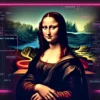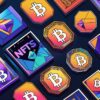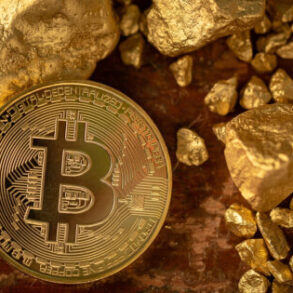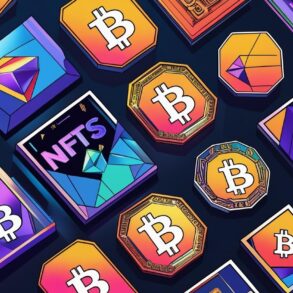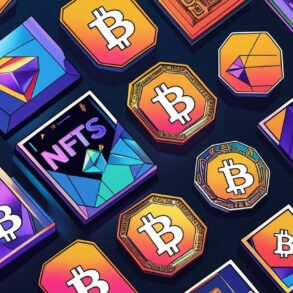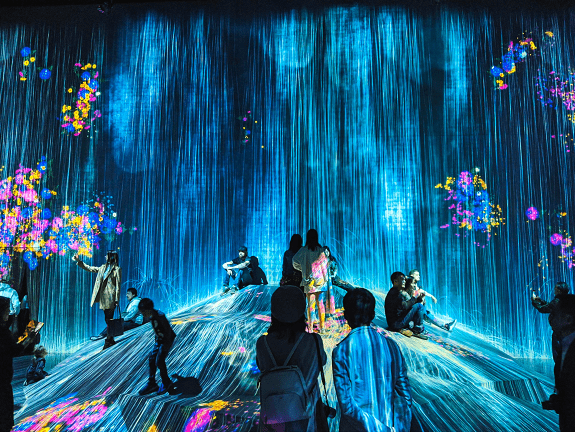
The world of art is always something fun to get your creative juices flowing. However, in recent years, there’s been a notable shift from conventional tools like pencils and paintbrushes as the industry warmly embraces Non-Fungible Tokens (NFTs).
These digital assets, that live on blockchain technology, are redefining the fabric of creativity, ownership, and monetization for both digital artists and traditional creators. The impact of NFTs has taken the art industry in a whole new direction, which is extremely exciting to watch in real time.
In this article, we’ll be looking at how NFTs and blockchain are impacting the art scene.
The Use of NFTs in Entertainment Industries
The art industry may have just started embracing NFTs, but it’s following in the footsteps of other well-established industries that were early adopters of blockchain technologies – namely, the entertainment industry. NFTs are making waves in unexpected territories, including the realm of online casino games.
Virtual casinos are incorporating NFTs to enhance the gaming experience, offering players the opportunity to own and trade unique in-game assets. After transferring payment using their preferred cryptocurrency, players of certain forms of crypto jackpot slots not only use the same blockchain technology, they may also have the chance to win NFTs every time they spin – not only could this be a good way to win a rare, collectible NFT, but they can also be sold or traded within virtual gaming communities in exchange for payment.
When players win one of these NFTs – be it a unique character skin, a special weapon, or an exclusive in-game accessory – these items are truly ownable, with their ownership recorded on the blockchain ledger.
Whether you’re getting a Star Wars NFT in honor of your favorite video game, or a brand-new outfit for your avatar, blockchain adds authenticity to the gaming experience and helps to eliminate any hesitations that people may have around cryptocurrencies and NFTs.
Digital Art is Going Mainstream
With the creation of NFTs, digital artists are being given more opportunities to earn money from their work. NFTs empower these creators by transforming their digital works into unique, ownable assets. Each piece becomes a non-fungible token, a digital certificate of authenticity, forever imprinted on the blockchain.
This not only grants digital art a newfound legitimacy but also establishes a direct link between artist and collector.
Just take a look at musician Grimes, she claims that she’s made more money from NFTs than she ever had done with music – a surprising claim, considering she’s had a successful music career that’s spanned many years.
It demonstrates how lucrative this industry can be for talented digital artists who want to monetize their hard work – after all, if Grimes can make almost $6 million in 20 minutes from her digital art, there’s a big audience of interested buyers out there.
One of the main issues that had previously stopped digital art from going mainstream was the issues around ownership and reproductions.
NFTs change this narrative, offering a solution to the age-old question of how to authenticate and monetize digital creativity. Artists can now tokenize their work, ensuring that each piece is one-of-a-kind, with ownership recorded on the blockchain.
Traditional Artists Are Embracing The Digital World
Beyond artists who focus on digital art, traditional creators are also starting to capitalize on the popularity of NFTs.
Artists, whether they wield paintbrushes, sculpt from clay, or craft tangible masterpieces, are delving into the possibilities of transforming their physical creations into digital assets. By tokenizing their art, not only are they able to appeal to the tech-savvy art curators of the 21st century, but can still preserve the authenticity of their craft with the help of blockchain.
Most artists will be accustomed to the traditional gallery system of displaying and selling their art, and the NFT system isn’t too different from this – it’s just an alternative route to showcase and sell their work online rather than in person. Through online platforms, artists and buyers can directly connect with one another, eliminating the need for intermediaries (like galleries and exhibitions) and expanding their potential audience.
The Future of Creativity and Ownership
As NFTs continue to shape the landscape of the art world, the future holds promise and challenges in equal measure. It’s fascinating to witness the potential of this technology in reshaping ownership, empowering artists, and generating fresh revenue streams within the art industry.
But, you do have to think about the ethical and cultural implications of redefining the way we interact with art.
The digital art world isn’t going to be getting rid of The Louvre or stop people from attending local art shows to support local creators, but it is going to provide a new platform for people to enjoy and appreciate creativity.
The virtual brushstrokes of NFT art is an interesting development for the art world, and we have blockchain technology to thank for it – we are very excited to see how this new industry continues to evolve.
This post was originally published on this site be sure to check out more of their content

